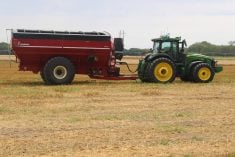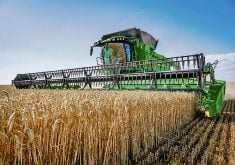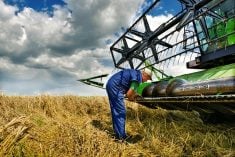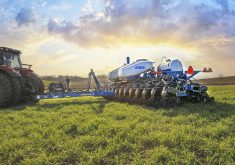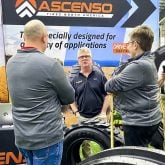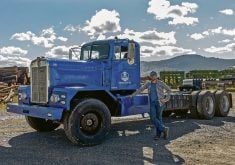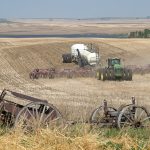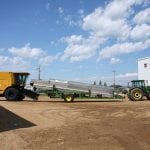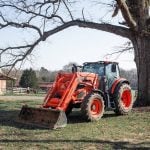Glacier FarmMedia – It’s a difficult concept to sum up in a few words. A Canadian startup sells a coulter that reads nine nutrient factors while pulled through soil.
As the headline states, SoilReader can provide real-time data, on the go, as it is pulled through the field.
The nine vital constituents are nitrogen, phosphorus, potassium, organic matter, pH, EC, moisture, clay and sand.
SoilReader sends the data to the cab through a wireless system, at which point it can become part of a soil map. Or, if the air delivery system is smart enough, it might even do variable rate on nutrients and seeding rates on-the-go during seeding. But that’s a ways into the future.
Read Also
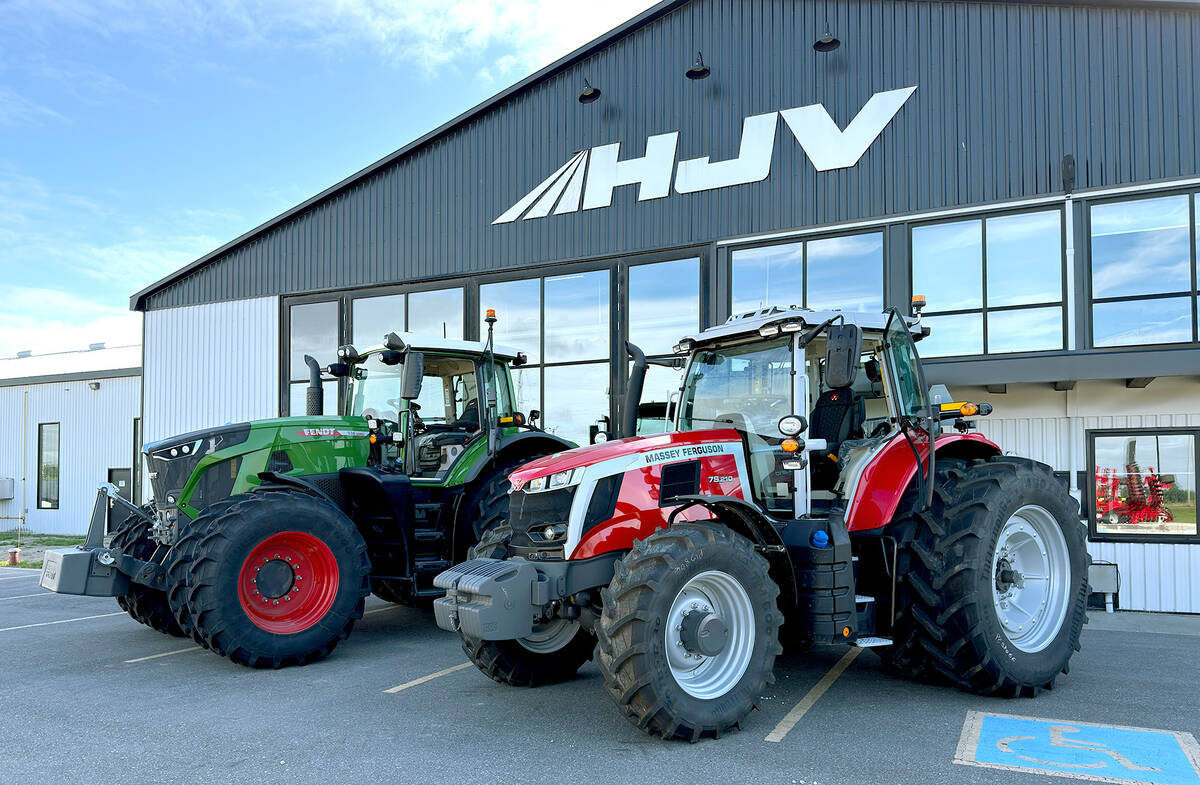
HJV Equipment expands as full-line PTx Trimble dealer
HJV Equipment expands as a full-line PTx Trimble dealer, increasing its capacity to assist growers with advanced agricultural technology solutions.
SoilReader president Erik Eising says his SoilReader can generate the information for on-the-go VR faster than today’s delivery systems can handle it. However, on-the-go, real-time VR is the ultimate goal for Eising.
“It works like this. It’s a laminated coulter consisting of three discs. The hub has been machined to accept a small spectrometer. A fibre-optic cable runs inside the disc, out to the sensor on the outer circumference of the coulter. Out at the edge, we have the window for the sensor and a 12-volt light. Power to the hub comes through a common slip ring connection.”
Because the sensor does all its work at depths up to six inches where it’s very dark, it obviously needs the light. As the coulter rolls through the soil and the sensor becomes engulfed in darkness, the light provides enough illumination for the sensor to capture the reflection of the light bouncing back off the soil. That reflective energy is transferred through the fibre-optic cable to the mini spectrometer and mini computers mounted in the hub.
“A farmer would mount this on just about any implement. The data is collected in milliseconds at variable depths. The data is stored for future use, but mainly our intention is that it ultimately will be linked for real-time, on-the-go VR seed and fertilizer on your drill or planter.
“It can also determine optimal seeding depth. As the disc cuts through the soil, it takes six readings, one reading at every depth from one inch down to six inches. Moisture is one of the constituents we measure, so we can determine where there’s good moisture to seed into.”
Planters and seed drills have the ability to do variable rate planting on the go.
“But they use a thumb drive to program their systems. They use a clump zone map. Your field might have three or four crop zones based on core samples. That’s how the industry builds their prescription maps. The way they build their systems now, their changes are way slower than we produce data. We’re way faster. And SoilReader creates more than 6,000 data points per acre, regardless of implement speed.”
Eising, based in Winnipeg, says the idea for SoilReader came to him while working with John Deere on the real time on-the-go manure sensing technology now known as Harvest Lab 3000.
“We were working with hog manure, here in Manitoba. But I was becoming very frustrated because of the breakdowns with the pumping equipment. It was standing in the way of our development work.
“Then at two (o’clock) one morning I woke up and said ‘why can’t we do this with soil?’ That was in 2011. So, then I started looking into how I might use near infrared spectroscopy to do soil analysis as the coulter passes through the soil.”
Eising says SoilReader will be available this spring, but only to a handful of potential users, who will test it in their operations. Production units will be available for the 2021 seeding season. Expected price will be about US$25,000.
This article was originally published at the Western Producer.




